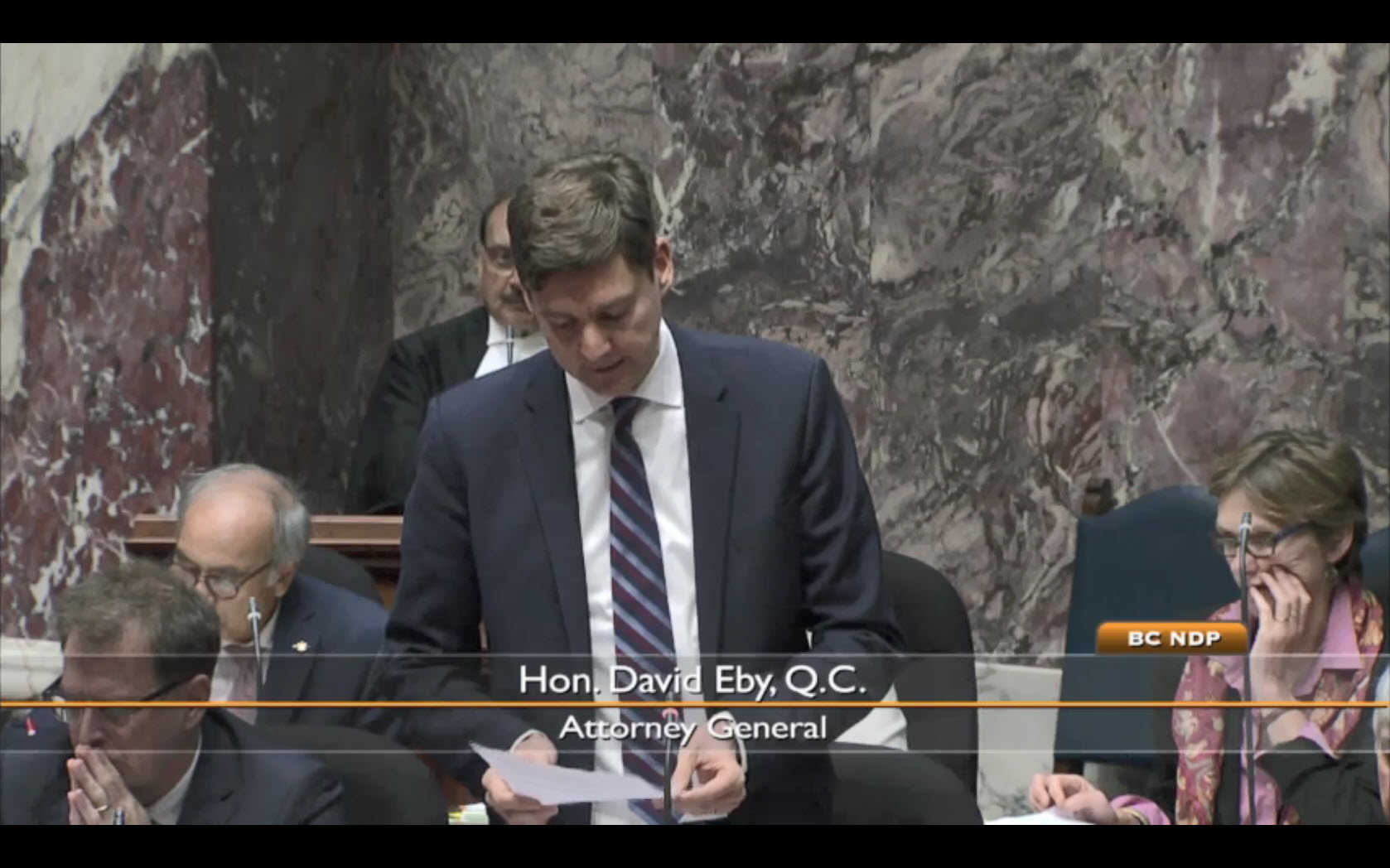A referendum is a vote on a matter of public interest or concern conducted under the Referendum Act, 1996, or separate legislation for a specific referendum. There have been three referendums on electoral reform in B.C.'s recent history.
In 2004, the Citizens' Assembly on Electoral Reform recommended a single transferrable voting (STV) system replace the current first past the post electoral system. The recommendation was put to referenda in 2005 and 2009 but was defeated both times. The 2005 referendum resulted in 57.7 percent in favour of a STV system (60 percent threshold) and the 2009 referendum had 39.1 percent support.
STV refers to a ranked electoral system where voters rank their preferred candidates on a ballot. There is a required threshold of votes for a candidate to get elected under STV, and of those candidates that fail to meet the threshold, the ballots of those who had listed them as their most preferable candidate then have their second most preferable candidate receive their vote. This process continues until all the seats within a multi-member electoral district are filled.
In 2018, British Columbians had the opportunity to vote in another electoral referendum. Using a mail-in ballot, citizens were asked:
- Which system should British Columbia use for provincial elections?
- The current first past the post voting system
- A proportional representation voting system
- If British Columbia adopts a proportional representation voting system, which of the following voting systems do you prefer?
- Dual member proportional (DMP)
- Mixed member proportional (MMP)
- Rural-urban proportional (RUP)
For the first question, the valid ballots were 61.30 percent in favour of the current first past the post system and 38.70 percent were in favour of a proportional representation voting system. For the second question, voters ranked each voting system first, second, and third most preferential, so using single transferable voting, like the one discussed above, RUP was eliminated in the first round of voting. The final result was 36.95 percent for DMP and 63.05 percent for MMP, making mixed member proportional the preferred voting system of the three choices.
Yet with the majority of British Columbians choosing the current first past the post system, a new proportional representation system wasn't implemented, so to this day, B.C. continues to use first past the post to elect its MLAs.
For more information of each of these previous electoral referendums, visit the Elections BC website.

